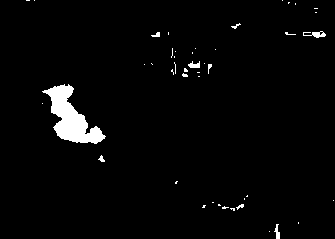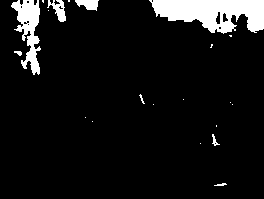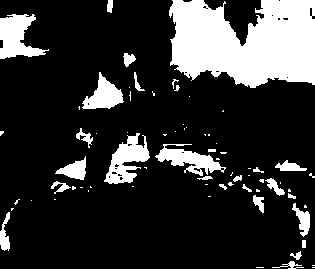In-vitro sticktight regeneration system establishing method
An in vitro regeneration and ghost needle grass technology, applied in the field of plant tissue culture, can solve the problems of low content of medicinal ingredients, affecting processing and utilization, and easy degradation of quality, so as to overcome large quality differences, ensure seedlings, and improve stress resistance effect of ability
- Summary
- Abstract
- Description
- Claims
- Application Information
AI Technical Summary
Problems solved by technology
Method used
Image
Examples
Embodiment 1
[0017] 1. Acquisition of sterile materials: Soak the fruit of P. japonica in 75% ethanol for 15 seconds to sterilize, take it out, rinse it with sterile water for 3 times, add 0.1% high mercury chloride to sterilize, and control the time to 8 minutes. Rinse with sterile water for 4 times, dry the water with sterile filter paper, plan the fruit, take out the seeds and inoculate on MS solid medium, put them into the light incubator after inoculation, the whole operation is carried out on the ultra-clean workbench, and the cultivation conditions are as follows: The temperature is 23±2°C, the light time is 12h / d, the light intensity is 2000Lux, and it is kept dark at night. After 15 days, a sterile material with true leaves—sterile seedlings are obtained.
[0018] 2. Adventitious bud induction culture: take the explants of sterile seedlings—cotyledons and hypocotyls, see figure 1 , cotyledons cut into 0.5cm 2 Size, the leaf back is placed on the induction medium, the hypocotyl i...
Embodiment 2
[0023] 1. Acquisition of sterile materials: Soak the fruit of P. japonica in 75% ethanol for 15 seconds to sterilize, take it out, rinse it with sterile water 5 times, add 0.1% high mercury chloride to sterilize, and control the time to 8 minutes. Rinse with sterile water for 5 times, dry the water with sterile filter paper, plan the fruit, take out the seeds and inoculate on MS solid medium, put them into the light incubator after inoculation, the whole operation is carried out on the ultra-clean workbench, and the cultivation conditions are as follows: The temperature is 23±2°C, the light time is 12h / d, the light intensity is 3000Lux, and it is kept dark at night. On the 13th day, a sterile material with true leaves - sterile seedlings are obtained.
[0024] 2. Adventitious bud induction culture: take the explants of sterile seedlings—cotyledons and hypocotyls, and cut the cotyledons into 0.5cm 2Size, the leaf back is placed on the induction medium, the hypocotyls are cut in...
Embodiment 3
[0029] 1. Acquisition of sterile materials: Soak the fruit of Elephant needles in 75% ethanol for 15 seconds to sterilize, take it out, wash it with sterile water 4 times, add 0.1% high mercury chloride to sterilize, the time is controlled at 8 minutes, Rinse with sterile water for 4 times, dry the water with sterile filter paper, plan the fruit, take out the seeds and inoculate on MS solid medium, put them into the light incubator after inoculation, the whole operation is carried out on the ultra-clean workbench, and the cultivation conditions are as follows: The temperature is 23±2°C, the light time is 12h / d, the light intensity is 2500Lux, and it is kept dark at night, and a sterile material with true leaves—sterile seedlings are obtained on 14 days.
[0030] 2. Adventitious bud induction culture: take the explants of sterile seedlings—cotyledons and hypocotyls, and cut the cotyledons into 0.5cm 2 Size, the leaf back is placed on the induction medium, the hypocotyls are cut...
PUM
 Login to View More
Login to View More Abstract
Description
Claims
Application Information
 Login to View More
Login to View More - R&D
- Intellectual Property
- Life Sciences
- Materials
- Tech Scout
- Unparalleled Data Quality
- Higher Quality Content
- 60% Fewer Hallucinations
Browse by: Latest US Patents, China's latest patents, Technical Efficacy Thesaurus, Application Domain, Technology Topic, Popular Technical Reports.
© 2025 PatSnap. All rights reserved.Legal|Privacy policy|Modern Slavery Act Transparency Statement|Sitemap|About US| Contact US: help@patsnap.com



